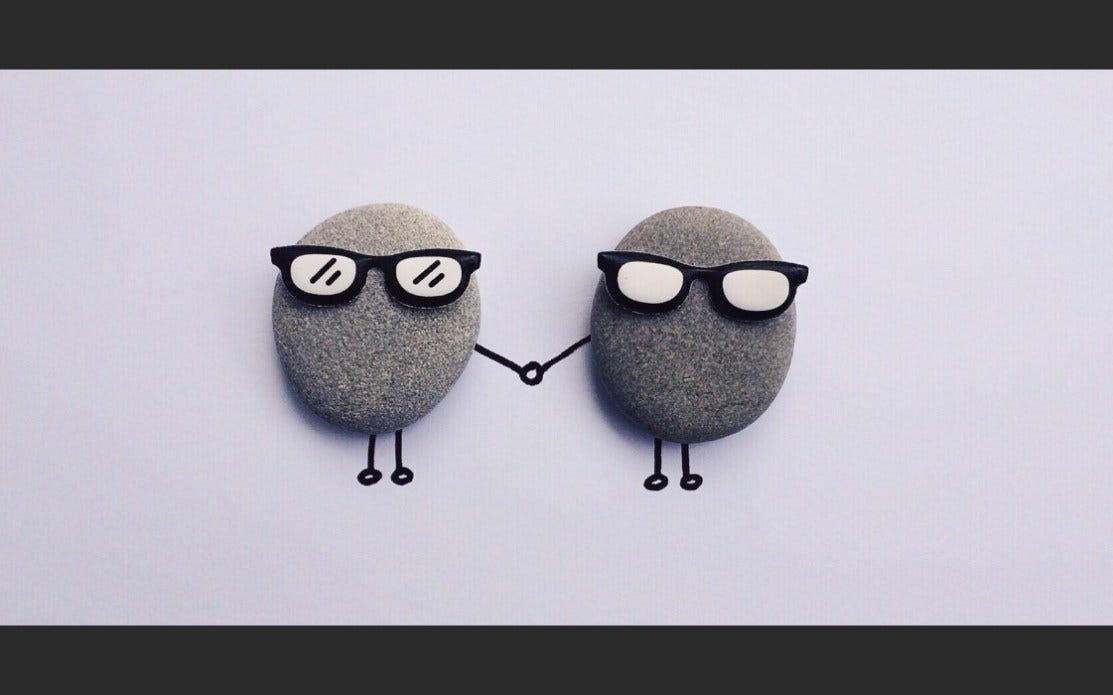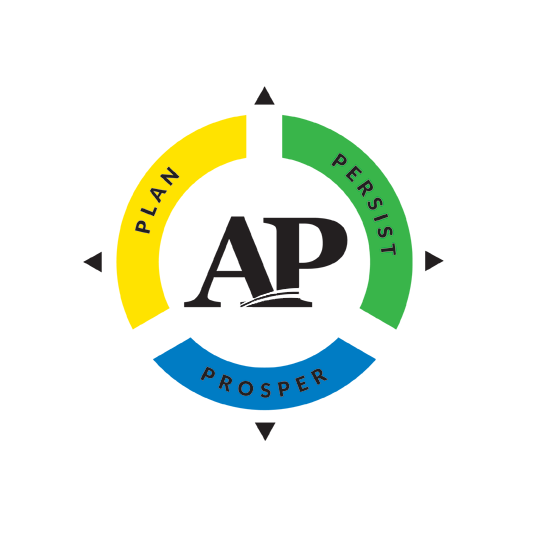When you think about the things you’ve accomplished in your life, how did you do it? Who were the people who helped you?
Nothing is accomplished by a lone individual. Someone somewhere helped pave the way, or even more directly, gave you their time or access to resources.
For example, several years ago I made the decision to fulfill a lifelong goal. I’d studied martial arts off and on since I was 17-years-old, but hadn’t stayed anywhere long enough to get higher than the rank of brown belt.
When we relocated to our current home, I found a dojang that taught Hapkido. I fell in love with this art. Training was fun! My instructor and many senior students worked with me to prepare for each testing.
They weren’t the only ones, though. My husband practiced locks and other drills with me hours before I’d leave for each testing. If he couldn’t do it, which wasn’t often, our son would help me.
Grappling was part of our training, and I had no experience doing it. Other instructors broke it down for me, and I started to understand what to do, and when to do it.
I began to flourish under the guidance of my instructors and senior students. It was a fabulous experience filled with challenge and growth, but not just physically.
When I wanted to quit due to an injury, my instructor encouraged and pushed me not to give up. I was one rank away from my goal.
But, that injury was at the hands of the head instructor of the school. I was angry and frustrated. Why had he intentionally hurt me?
Every student who witnessed it, including my instructor, knew two things about me that day. First, I could take a serious hit, and second, I was going to walk out and never come back.
The anger I felt had to be overcome if I was going to reach the next level. If my instructor hadn’t been there to talk me out of it, I would have quit. And I would have regretted it.
I spent the next few months recovering and preparing for the next test. The week of black belt testing, I decided to get in a little more training in a different class. The instructor of that class paired us off and told us to practice techniques.
My partner, who wasn’t an Hapkidoist, asked me to throw a kick. He caught it, ripped my leg forward, and pulled it a bit out of its socket. I fell to the mat. He thought it was funny. When I was finally able to get up, I didn’t retaliate.
In the back of my mind, I heard my instructor telling me “don’t quit.”
When it was my turn, I explained what I was about to do. I had a cane — my weapon of choice. If I hadn’t explained the technique and what to expect, he would have had a broken arm or dislocated shoulder. Either way, lots of pain.
My instructor’s patience, encouragement, and understanding helped me reach first dan. He also prepared me to move on knowing that I couldn’t stay in that dojang. The anger I felt still was below the surface. Any trust I had for the head instructor and some of his students was gone.
That’s what touchstones do.

How familiar are you with “touchstones?” The first time I recall hearing the term I was reading a Marcia Muller novel more than twenty years ago. I recall thinking, “I like that idea.”
The idea wasn’t new, but the way it was used resonated with me. I’m fortunate to have family, friends, and instructors who filled this role then, and now.
No one can exist in a vacuum and flourish. We need other people.
Perhaps the most tragic examples that illustrate this are the more than 153 million children worldwide living in orphanages. Institutional life isn’t compatible with forming strong attachments with a primary caregiver.
Researcher Nathan Fox found that young children in institutionalized settings have reduced grey and white matter in their brains. His Child Development Lab at the University of Maryland has ongoing studies with children in Romanian orphanages.
Neglect is positively correlated “with significant cognitive delays, increased risk for psychological disorders, and stunted physical growth.” Early interventions can reverse some and possibly all of these negative effects.
We need people. Not just any people, but supportive, life-affirming people.
This might seem obvious, but I’ve met hundreds of people throughout the United States who know this but don’t take steps to ensure it for themselves.
My father used to say, “If someone is an albatross around your neck, kick’em to the curb.” (That’s a bit of mixed imagery, but you get the point.)
When you think of a “touchstone,” it’s usually a person with whom you can share your deepest desires, hopes, fears, frustrations, and dreams. This is your “go-to” cheerleader/accountability partner.
It’s Buffy and Angel, Laverne and Shirley, Fonzie and Richie — wait, let me give a few contemporary examples. How about Bella and Edward, Patrick and Spongebob, or Aphmau and Aaron?
- Who are your touchstones?
If you don’t have these kinds of people in your life right now, what can you do?
I’m borrowing this approach from all those dating websites. They always ask what kind of person you’re searching for in a mate. Well, this isn’t any different.

Start identifying the traits you’d like for the people you want in your life. You can do this through journaling. Yes, you want the person to be supportive and encouraging, but what else? How would you like them to do this? How do you want them to give you feedback?
We all know that what we focus on gets our attention. Finding your tribe and touchstone takes effort, time, and attention.
It also takes courage to move away from your core group when you realize they’re a weight not worth lifting. Leaving my dojang and all the people I enjoyed training with was a difficult decision, but it was the right one.
I ran into my former instructor from that school not so long ago. He gave me an interesting update that he believed might open the door for my return. We’ll see.
Touchstones are your inner circle. They look after you, mentally and sometimes physically. They challenge and uplift you. In colloquial terms, “They’ve got your back.”
Who’s got your back?

